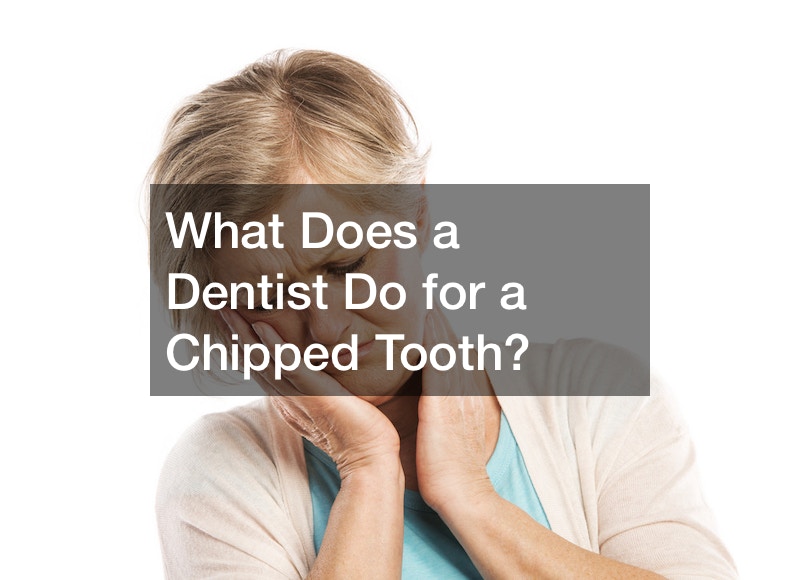The title implies that composite resin is bonded to the teeth. Your dentist will then soften the material so they’re an ideal fit. One of the biggest advantages of dental bonding is that it allows you to walk away with your teeth fixed in one appointment. If you’ve got a chipped, broken or damaged tooth, dental bonding could be an ideal alternative. A damaged or chipped tooth will affect your smile and confidence. However, dental bonding helps to improve your teeth’s appearance.
It’s also the best treatment to cover up discoloration, or to alter the appearance of your teeth. Bonding is comprised of a composite resin, blends into the tooth’s natural structure and can be altered to suit with the rest of your teeth. In addition, it’s an affordable procedure compared to other options such as dental implants as well as the bonding process can last for several years, contingent how you care on your smile. The procedure is also not invasive. One downside of dental bonding is that the bonding resin can end up chipping or cracking, and you might end up being reinserted into the chair of the dentist to have that same tooth fixed.
Cap or Crown for Dental Implants
Another solution to what does the dentist do with the chipped tooth is with the use of a crown or cap for dental work. As the name suggests, a crown is a cap that covers the top portion of a damaged tooth. Your dentist might file out the tooth when it is covered with many decayed areas. This can happen if your tooth is badly worn down or has been severely damaged. A dentist can place crown-shaped caps on the chipped tooth following grinding it. This cap helps maintain the strength of the rest of the tooth, safeguard it from damage, and improve the appearance of your tooth. Dental crowns are permanent, and can closely match the appearance of the original tooth.
If you are the first to visit for a visit, your dentist will make X-rays and make an impression
icimc3kl7a.
